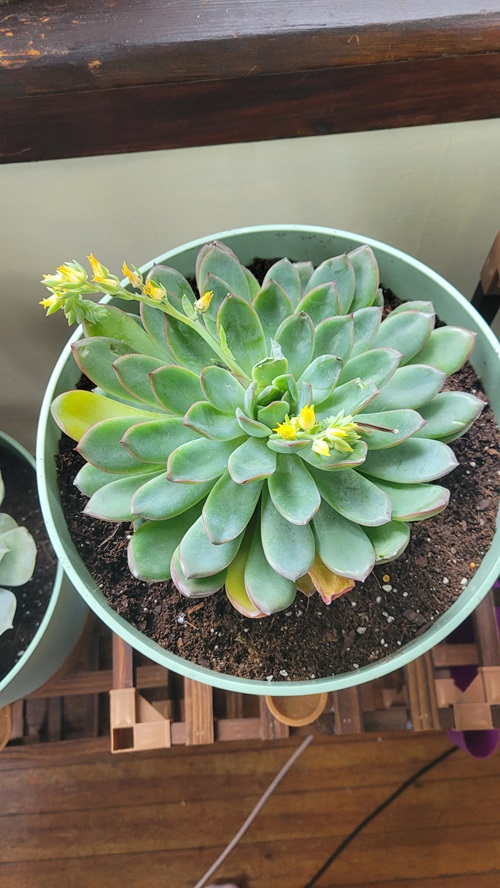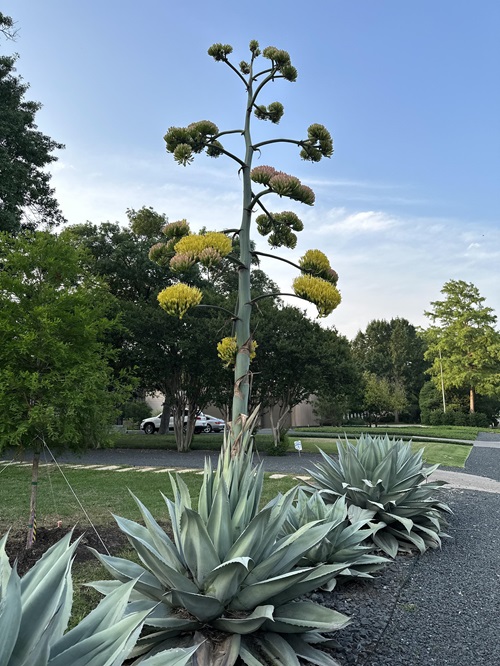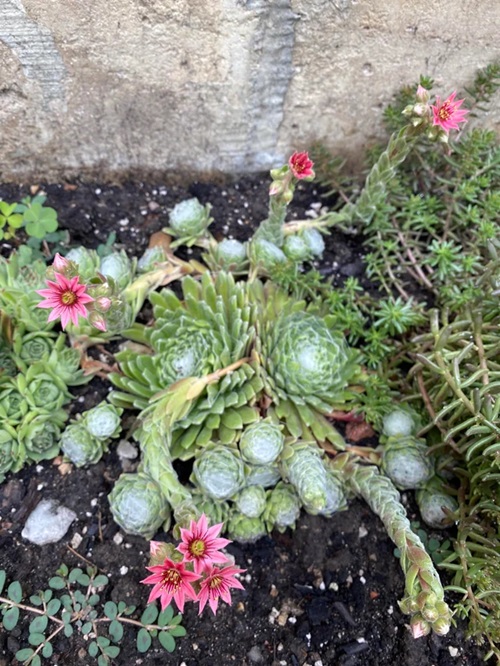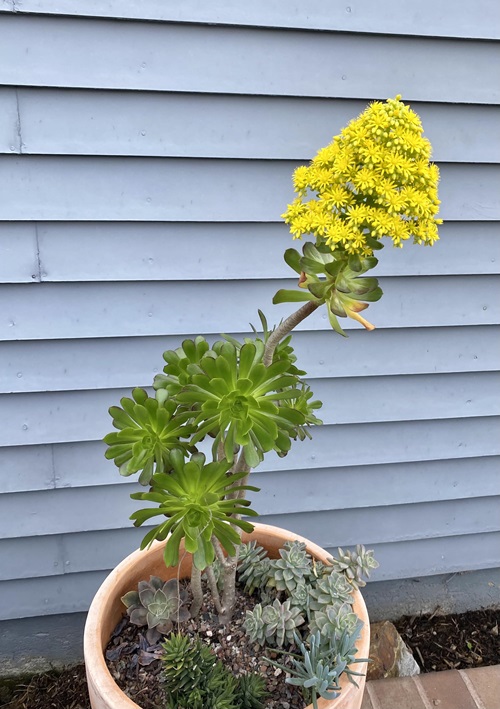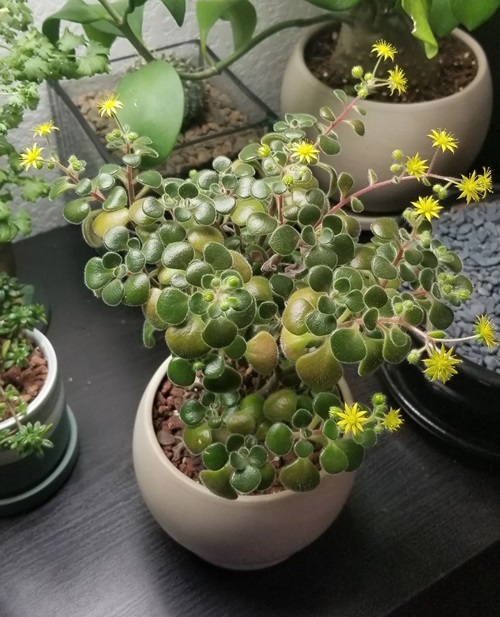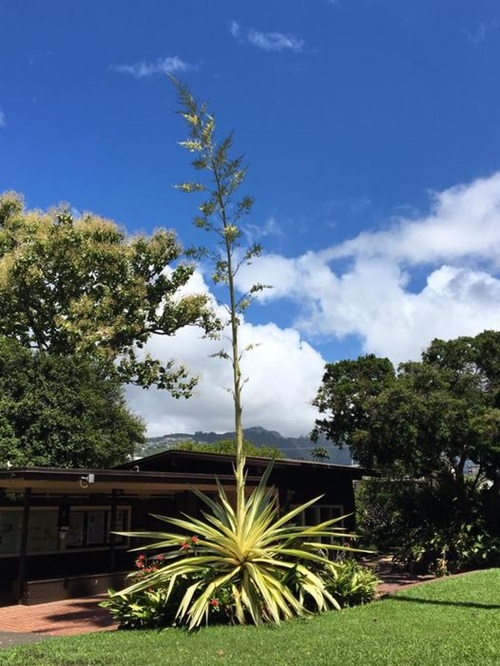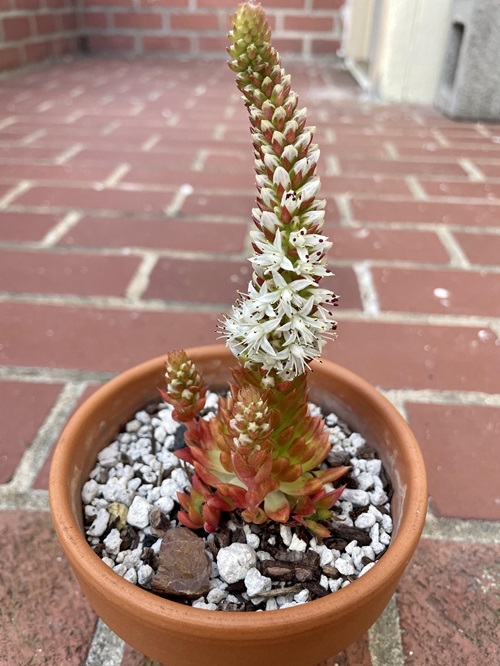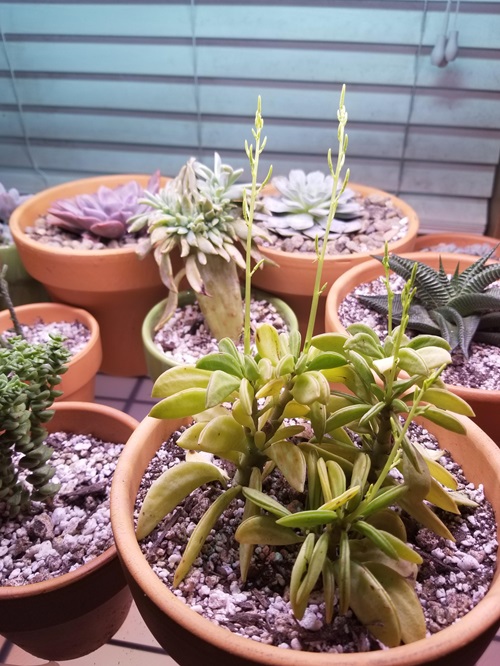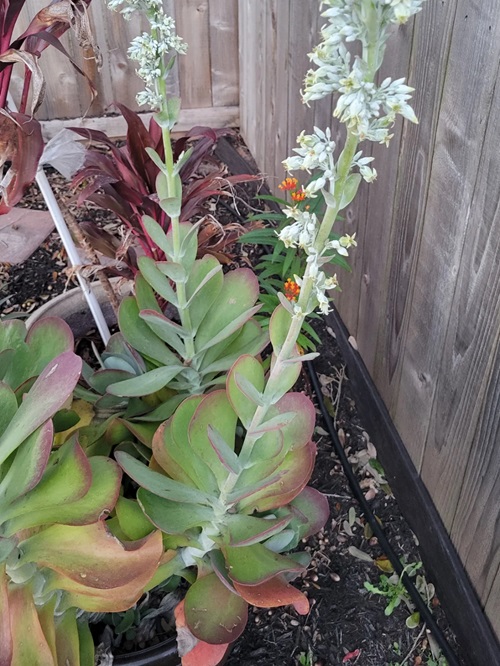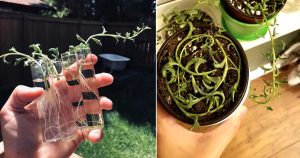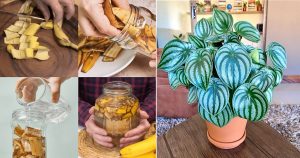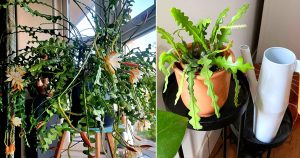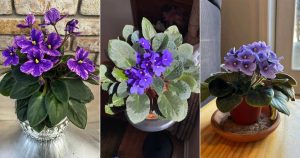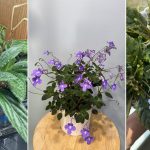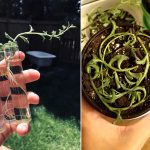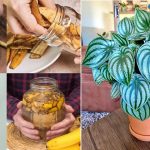Eager to see your plant blooms but what if it is a dead blooming succulent? Here is all about Monocarpic succulents that die after flowering!
Ever had a succulent bloom beautifully, only to die soon after? You’ve probably encountered monocarpic succulent, often called “death bloom succulent”. These succulents have a life cycle that ends after they flower, but there’s more to them than just their final bloom. Why not take a look and see what makes them special and how you can still enjoy them, even after they’ve bloomed!
What Are Death Bloom Succulent?
Monocarpic plants are those that flower only once in their lifetime before they die. It comes from the Greek words for “single” and “fruit.” While it may seem sad, it’s completely natural. These plants often leave behind seeds or little baby plants called offsets, so their legacy continues.
Common Monocarpic Succulents
1. Agave
Not all species of Agave are monocarpic, but those that are can take up to 25 years to bloom. Once they do, they produce a massive flower stalk that can reach up to 6 feet tall. The process of dying can take several months, giving you ample time to harvest any pups.
2. Sempervivum (Hens and Chicks)
All Sempervivums are monocarpic, but don’t worry—they typically produce plenty of offsets before they bloom. These succulents usually bloom after 3 to 4 years, and their death is often quickly followed by the growth of new rosettes.
3. Aeonium
While not all Aeoniums are monocarpic, those that are will die after flowering. However, like Sempervivums, they often produce plenty of offsets to keep the cycle going.
4. Aichryson
Also known as the “Tree of Love,” Aichryson is a cute little succulent with fleshy rosettes of green or reddish leaves. It’s monocarpic, so after it blooms with tiny yellow flowers, the main plant dies. But don’t worry—before that happens, it usually produces pups, so you’ll still have new plants.
5. Furcraea
Furcraea is a plant with tall, spiky leaves that look a lot like agave. It takes years to bloom, and when it finally does, it sends up a massive flower spike. After this grand show, the plant dies, but it often leaves behind little bulbils (mini plants) on the flower stalk to keep the cycle going.
6. Jovibarba
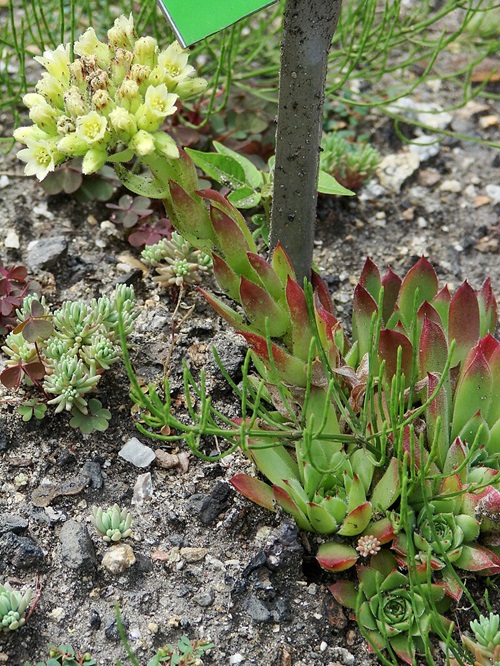
Jovibarba is a small, hardy succulent that forms mats of green or reddish rosettes. Each rosette blooms once, then dies. The flowers are yellow-green and sit on a tall stalk. Luckily, Jovibarba produces lots of offsets, so the plant keeps spreading even after individual rosettes die.
7. Orostachys
Orostachys is a low-growing succulent with tiny rosettes of overlapping leaves. It’s monocarpic, so it flowers once and then dies. The flower stalk can be surprisingly tall compared to the plant. Before blooming, it usually produces offsets, so you’ll still have a healthy patch of plants.
8. Peperomia
Some Peperomia plants, like Peperomia graveolens, are monocarpic. These plants are known for their unique, colorful leaves. After blooming, the main plant might die, but Peperomia is easy to propagate from cuttings, so you can grow new plants from the old one.
9. Sinocrassula
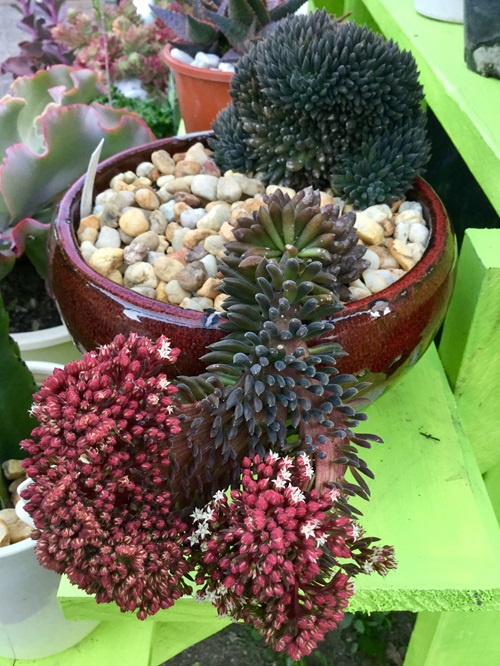
Sinocrassula is a small, dark-colored succulent that forms dense clumps of rosettes. When it blooms, the main rosette dies after sending up a flower stalk. But before that happens, it usually produces offsets, so the plant continues to grow.
10. Kalanchoe
Some Kalanchoe species, like Kalanchoe luciae (Paddle Plant), are monocarpic. These plants have broad, paddle-shaped leaves that turn red in bright light. After a few years, they bloom and then die. However, they usually produce plenty of offsets before flowering, so you’ll have new plants to enjoy.
Identifying Monocarpic Succulents
One of the easiest ways to determine if your succulent is monocarpic is by observing the flowers. If the bloom emerges from the center of the plant, this is a clear indication that it is monocarpic and will likely die after flowering. But, if the flower grows from the side of the plant, you can simply trim it away once it’s done blooming, and the plant will keep on growing.
What to Do After the Bloom
When your monocarpic succulent begins to bloom, it’s important to maintain regular care to keep the plant healthy and stress-free just like we take care of our aged people when they are especially in their last times.
Once the plant has fully bloomed and starts to die back, you can either harvest the seeds or detach the pups for propagation. This way, the plant’s life cycle continues even after the original plant has died.
Final Words!
Monocarpic succulents may have a short-lived bloom, but they make sure to leave behind new plants for you to enjoy. So, the next time your succulent starts to bloom, appreciate the process—it’s all part of its natural cycle. Have you ever had a monocarpic succulent? Share your stories in the comments—we’d love to hear them!

